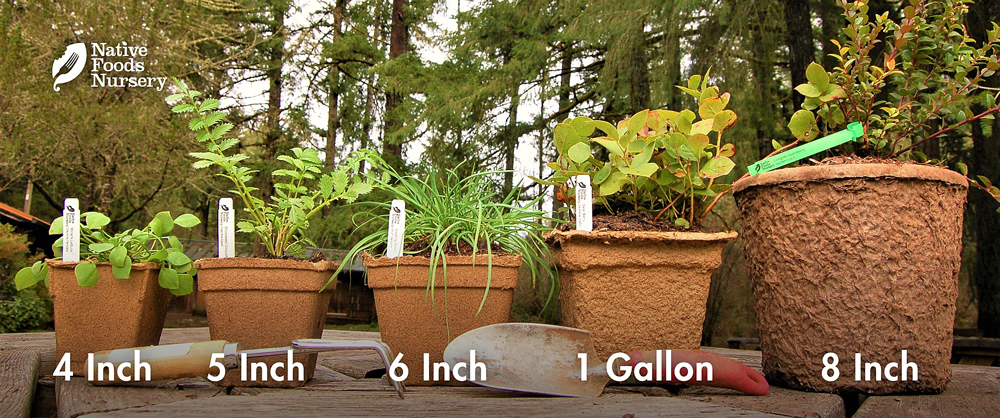Oso Berry is a tall deciduous shrub that produces small, edible berries with large seeds.
Edible Uses
The nutritious berries are a native food that have a mild or sweet cherry-like flavor - after they have fully ripened. Depending on conditions and natural variation (sun seems to make them sweeter), they can also taste bitter. However, cooking or drying the fruits can remove the bitterness. The berries are rich in potassium, dietary fiber and vitamin K.
***NOTE: Oso Berry is dioecious, meaning it has separate male and female plants, both of which are needed to produce fruit. We do not gender our plants at this time, however, and cannot guarantee any specific gender.
Ornamental Qualities
The Oso Berry is a highly desirable ornamental for native gardens. The Indian Plum produces small, beautiful, white flowers in early March that become pendant with the lengthening days. The flowers and leaves have a rich almond fragrance. The small fruits are a deep purple color.
Environment and Culture
The Oso Berry is Native to the Pacific Northwest and can be found in forest understories from Northern California up through British Columbia. The Indian Plum will grow well as an understory plant for the Pacific Crab Apple, the Oregon White Oak, The California Black Oak, and the California Foothill Pine. It can also be paired well with smaller fruiting shrubs like Salal, Golden Currant, Blackberry, Blackcap Raspberry and Salmonberry. Its berries come early in the summer season and for this reason are particularly favored by local birds.
Northwest Native American tribes today still value this special tree as food, medicine, and family. Despite great cultural losses, they continue to work towards stewarding and restoring wild populations, both strengthening the integrity of the ecology and sustaining their cultural heritage and wisdom. These strong and recovering peoples and plants deserve our respect, gratitude, and reparations. (Learn more & how to help on our Charitable Giving page.)
Harvest, Care, and Preparation
The Oso Berry is hardy and unfussy and after establishment will only require occasional pruning. They will grow best in deep, well drained soils but can tolerate most soil conditions and so are suitable to the less prime spots in your yard. The Indian Plum harvest begins mid summer. Pick the fruits after they become tasty, if some bitterness remains try cooking or drying the berries to bring out their sweetness. They can be mixed with other berries to make a delicious compote or simply thrown fresh onto salads
Native Range: CA, OR, WA, BC,
USDA zones: 5-9
Ease of Care: Very Easy
Deer Resistance: Moderate
Light Requirements: Full Sun to Partial Shade
Soil Type: Any, prefers well drained soils.
Water Requirements: Moist
Pollination: Needs Pollinator
Bearing Age: 2-3 Years
Size at Maturity: 8-12 Feet
Plant Spacing: 4-10 Feet
Bloom Time: March
Harvest Time: Late Summer
Pot Sizing Guide
